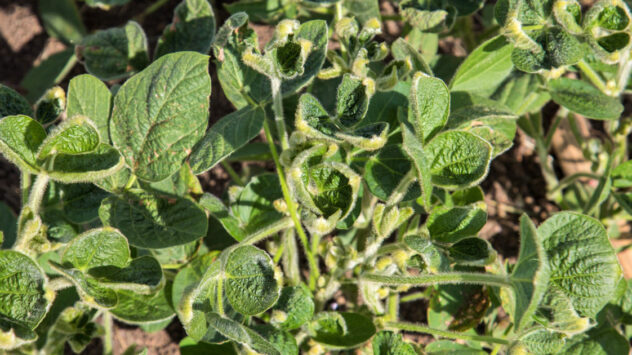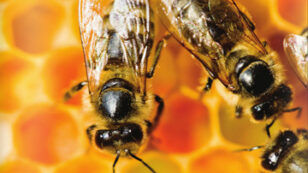
EPA Limits Use of Problematic Herbicide Dicamba—But Is That Enough?
By Dan Nosowitz Dicamba has been in use as a local pesticide for decades, but it’s only recently that Monsanto has taken to using it in big, new ways. The past two years have seen the rollout of dicamba-resistant seed for soybean and cotton, as well as a new way to apply it: broad spraying. […]

 233k
233k  41k
41k  Subscribe
Subscribe 




